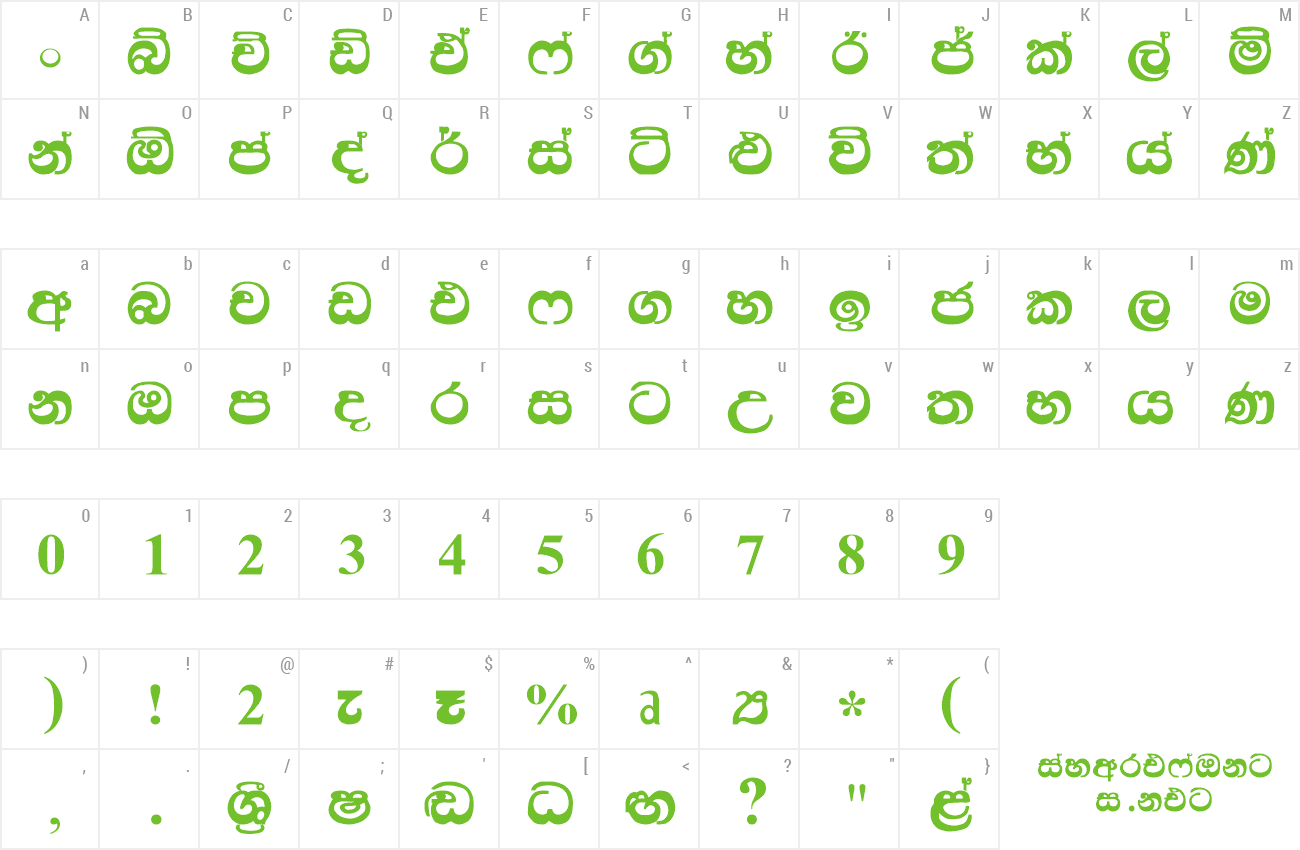

In the example below I have chosen the SHIFT keys to switch between the Sinhala phonetic layout and the US QWERTY layout. The window manager should come with a program which allows the user to choose multiple keyboard layouts. Read the comments in the lk file to see how to create rakaaranshaya, yansaya and repaya. The latest version of the keyboard layout can be downloaded from the source repository: The file can be found at: /usr/share/X11/xkb/symbols/lk The aforementioned layout is already included in distributions that ship with xkeyboard-config (xkb-data) 0.6 and above. See the comments in the Sinhala X Keyboard Extension layout file. The X Keyboard Extension only allows one-to-one mappings between keys and codepoints, therefore rakaaranshaya, yansaya and repaya, which consist of multiple codepoints, have to be manually constructed. To familiarise yourself with this keyboard layout, read: Harfbuzz does not support Sinhala nor Indic scripts well at the moment ().ģ.2.3.3. If you have Pango 1.8.2 and greater, you will have full SLS1134 Sinhala support. Immediately you'll be able to read Unicode Sinhala in these programs (You may have to restart the program.):įirefox/Mozilla (built with gtk2, FreeType2 and Pango support) To check which font file provides the Sinhala support, run: fc-list :lang=si file In both the above cases, run: fc-cache -fv If you want to make the font available to all users of the system, become root and copy the font to: /usr/share/fonts fonts directory in your home directory: mkdir ~/.fontsĪnd copy the True/Open Type font into that directory.

If you are using a modern GNU/Linux version and it has fontconfig installed, all you have to do is make a.

If your distribution does not contain a Sinhala font package, then download a Unicode Sinhala font:


 0 kommentar(er)
0 kommentar(er)
